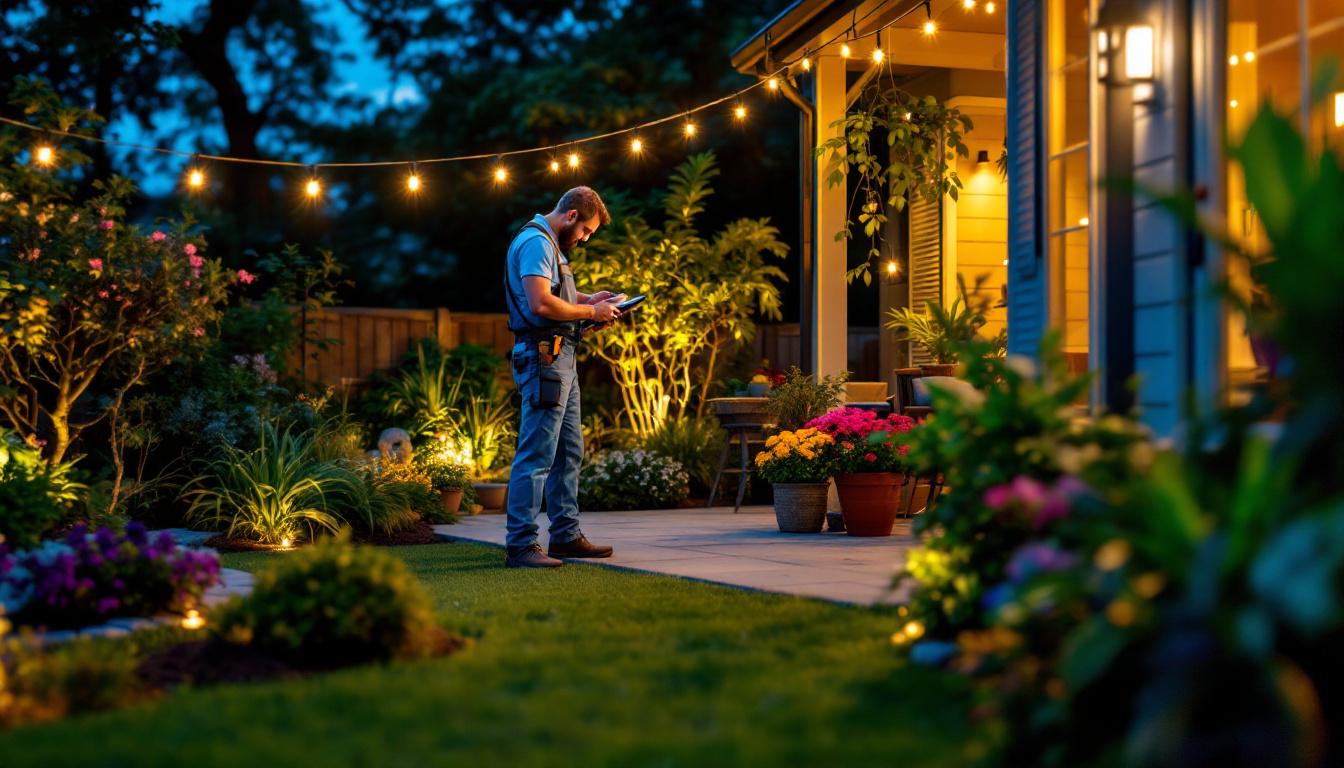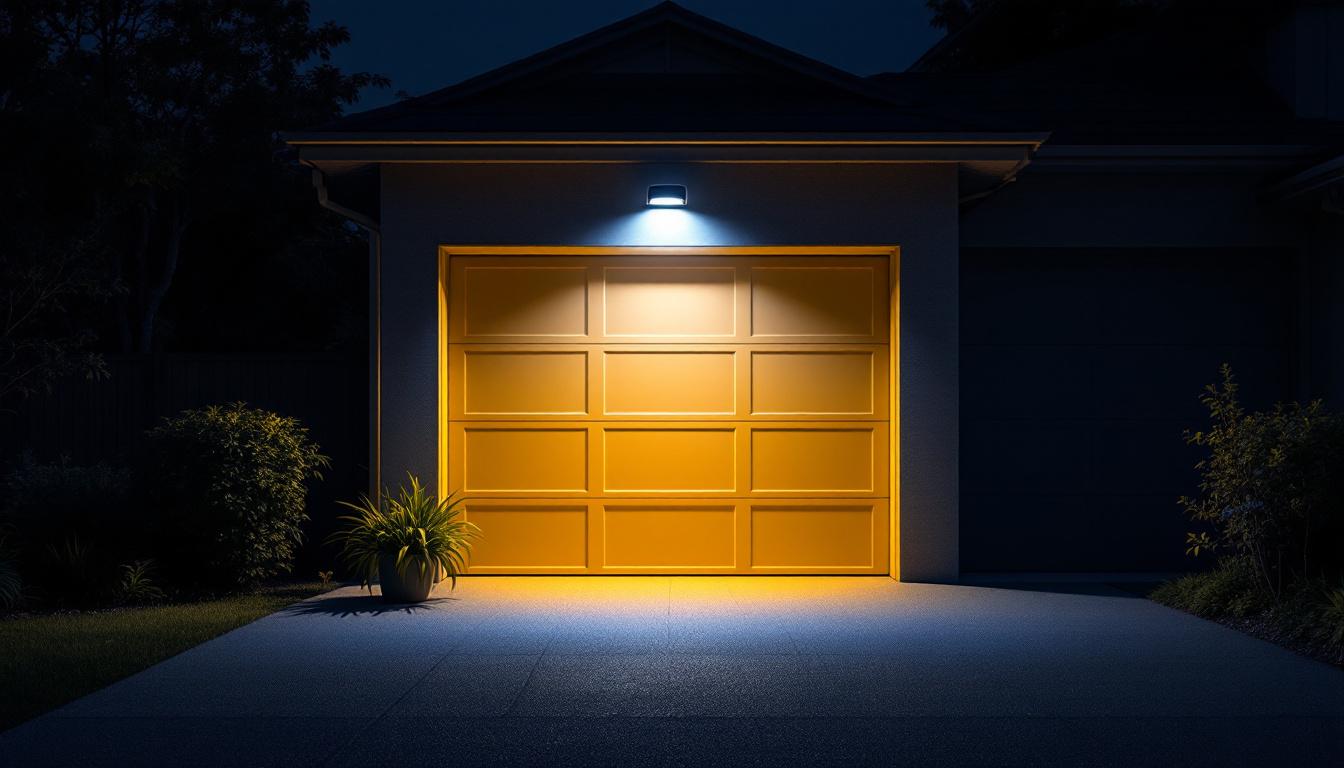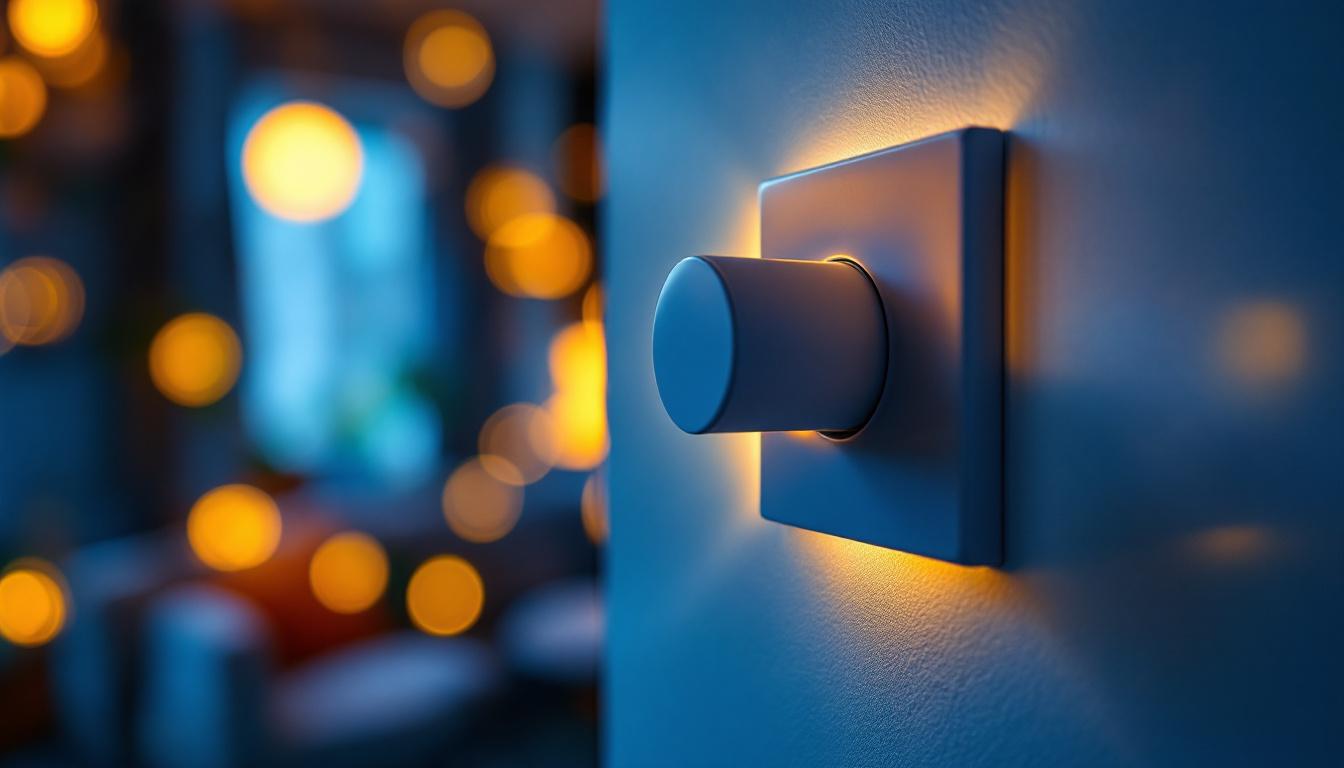
As the demand for sustainable and energy-efficient lighting solutions continues to grow, outdoor solar LED strips have emerged as a popular choice among homeowners and businesses alike. However, lighting contractors often encounter challenges when integrating these systems into their projects. Understanding the common mistakes made in this arena can help contractors enhance their offerings and ensure customer satisfaction.
Before diving into the common mistakes, it is essential to grasp the fundamentals of solar LED strip technology. These strips consist of multiple LED lights powered by solar panels, which convert sunlight into electricity. The energy generated is stored in batteries, allowing the lights to function even during nighttime or cloudy days. This technology not only enhances outdoor aesthetics but also promotes sustainability by reducing reliance on traditional electrical sources.
Solar LED strips are particularly appealing due to their low operating costs and minimal environmental impact. They are ideal for various applications, including garden lighting, pathway illumination, and decorative displays. However, the effectiveness of these systems can be compromised if not installed or selected correctly. Below are some common pitfalls that lighting contractors should be aware of.
One of the most significant mistakes contractors make is failing to conduct a thorough site assessment before installation. Factors such as sunlight exposure, shading from trees or buildings, and geographical location play a crucial role in the performance of solar LED strips. Additionally, the orientation of the solar panels can greatly influence their efficiency; south-facing panels typically receive more sunlight than those facing north.
Contractors should evaluate the area where the lights will be installed to determine the best placement for optimal sunlight exposure. This involves not only assessing the immediate surroundings but also considering seasonal changes in sunlight patterns. Neglecting to do so can result in inadequate charging of the solar panels, leading to insufficient lighting at night. Furthermore, understanding local weather patterns can help in predicting potential performance issues during prolonged cloudy spells or rainy seasons.
Another common error is overlooking the importance of battery capacity. The battery is responsible for storing the energy generated by the solar panels, and its capacity directly affects the performance of the LED strips. A well-chosen battery can make the difference between a system that works efficiently and one that leaves clients in the dark.
Contractors often choose batteries based on cost rather than performance. It is crucial to select batteries that can store enough energy to power the lights throughout the night, especially during extended periods of cloudy weather. Lithium-ion batteries, for example, offer higher energy density and longer life cycles compared to traditional lead-acid batteries, making them a more reliable choice for solar applications. Failing to consider this can lead to disappointing results for clients, who may find their lights dim or completely out of power when they need them most. Additionally, educating clients about the importance of battery maintenance can further enhance the longevity and efficiency of the solar LED strip system.
The selection of appropriate LED strips is vital for the success of any outdoor solar lighting project. Not all LED strips are created equal, and contractors must be discerning in their choices.
One of the most common mistakes is opting for low-quality LED strips to save costs. While budget constraints are a reality, investing in subpar products can lead to frequent failures and unhappy clients.
High-quality LED strips are designed to withstand outdoor conditions, including moisture, temperature fluctuations, and UV exposure. Contractors should prioritize quality over price to ensure longevity and reliability in their installations. Furthermore, reputable manufacturers often provide warranties and customer support, which can be invaluable in case of issues down the line. This not only protects the contractor’s investment but also enhances their reputation for quality work.
Another critical factor is the brightness level of the LED strips. Contractors often underestimate the importance of lumen output when selecting products. Insufficient brightness can result in dimly lit areas that fail to meet the client’s expectations.
Understanding the specific lighting needs of the project is essential. Factors such as the intended use of the space, the height of installation, and the surrounding environment all influence the required brightness levels. Contractors should consult product specifications and, if possible, conduct tests to ensure adequate illumination. Additionally, it may be beneficial to consider adjustable LED strips that allow for flexibility in brightness, enabling contractors to tailor the lighting to different times of day or specific events. This adaptability can significantly enhance the functionality and aesthetic appeal of outdoor spaces, making them more inviting and usable after dark.
Proper installation is key to the performance and longevity of outdoor solar LED strips. However, many contractors overlook best practices that can lead to suboptimal results.
One frequent mistake is the improper mounting of solar panels. The angle and orientation of solar panels significantly affect their ability to capture sunlight. Contractors should ensure that panels are mounted at an angle that maximizes sun exposure throughout the day.
Additionally, securing the panels firmly is essential to prevent them from shifting or becoming dislodged due to wind or other environmental factors. Neglecting these details can lead to reduced energy generation and compromised lighting performance. It’s also important to consider the surrounding environment; for instance, nearby trees or buildings can cast shadows on the panels, further diminishing their efficiency. Regular maintenance checks can help identify any obstructions that may arise over time, ensuring that the solar panels continue to operate at peak performance.
Wiring is another critical aspect that contractors must pay attention to. Poor wiring practices can lead to voltage drops, which in turn affect the performance of the LED strips. It is essential to use the appropriate gauge of wire for the distance between the solar panel, battery, and LED strips.
Moreover, ensuring all connections are secure and weatherproof is vital for preventing short circuits and maintaining the integrity of the system. Contractors should take the time to double-check all wiring before finalizing the installation. Additionally, using connectors that are specifically designed for outdoor use can help mitigate the risk of corrosion and ensure a longer lifespan for the wiring system. It’s also advisable to plan the wiring layout carefully to minimize the length of exposed cables, as this not only reduces potential voltage drop but also enhances the overall aesthetic of the installation. By prioritizing these wiring considerations, contractors can significantly improve the reliability and efficiency of the solar LED lighting system.
After installation, maintenance and client education are crucial for the long-term success of solar LED strip systems. Many contractors neglect this aspect, leading to potential issues down the line.
Clients often assume that solar lighting systems require little to no maintenance. However, educating them about the importance of regular maintenance can prevent performance issues. Contractors should provide clients with clear guidelines on how to care for their solar LED strips, including cleaning the solar panels and checking the battery health periodically.
By setting realistic expectations regarding maintenance, contractors can help clients enjoy the benefits of their solar lighting systems for years to come.
Another mistake is not being available to address client concerns post-installation. Clients may have questions about their solar LED strips, especially if they notice any performance issues. Contractors should establish open lines of communication to ensure clients feel supported and informed.
Providing a warranty or guarantee can also enhance client confidence in the installation. Knowing that they have recourse in case of issues can lead to higher satisfaction and potential referrals.
Lighting contractors must also be aware of local regulations and incentives related to solar installations. Many regions have specific codes that govern the installation of solar energy systems, and failing to comply can lead to fines or project delays.
One common oversight is not checking local building codes before installation. Each municipality may have different requirements for solar panel installations, including setback distances, height restrictions, and electrical codes. Contractors should familiarize themselves with these regulations to avoid complications during the installation process.
Additionally, obtaining the necessary permits before starting work is crucial. Contractors should ensure that they have all required documentation in place to avoid delays or fines.
Many regions offer incentives or rebates for solar installations, which can significantly reduce costs for clients. However, contractors often overlook these opportunities, missing a chance to enhance their service offerings.
Staying informed about available incentives can provide clients with additional savings, making the installation of solar LED strips more appealing. Contractors should actively research and communicate these options to clients, positioning themselves as knowledgeable professionals in the field.
Outdoor solar LED strips present an exciting opportunity for lighting contractors to offer sustainable and efficient lighting solutions. However, avoiding common mistakes is essential for ensuring successful installations and satisfied clients. By conducting thorough site assessments, selecting high-quality products, following best installation practices, providing maintenance guidance, and staying informed about regulations and incentives, contractors can enhance their services and reputation in the industry.
Ultimately, the key to success lies in understanding the unique challenges and opportunities that solar LED strips present. By addressing these common pitfalls, lighting contractors can not only improve their project outcomes but also contribute to a more sustainable future through the promotion of renewable energy solutions.
Ready to elevate your lighting projects with the best solar LED strips on the market? Look no further than LumenWholesale. Our commitment to quality and affordability ensures that you can provide your clients with reliable, high-performance lighting solutions without breaking the bank. Take advantage of our wholesale prices, extensive selection, and free shipping to get the most value out of your purchases. Don’t let common mistakes hinder your projects—choose LumenWholesale for spec-grade lighting products that meet the highest industry standards. Wholesale Lighting at the Best Value is just a click away. Enhance your service offerings and reputation today!

Discover everything outdoor lighting contractors need to know about linkable outdoor lights.

Discover essential best practices for lighting contractors when selecting and installing ballast for LED lighting systems.

Discover how a motion activated garage light enhances safety, saves energy, and offers convenient illumination.

Discover the crucial details lighting contractors often miss when installing dimmer light switches for LED systems.